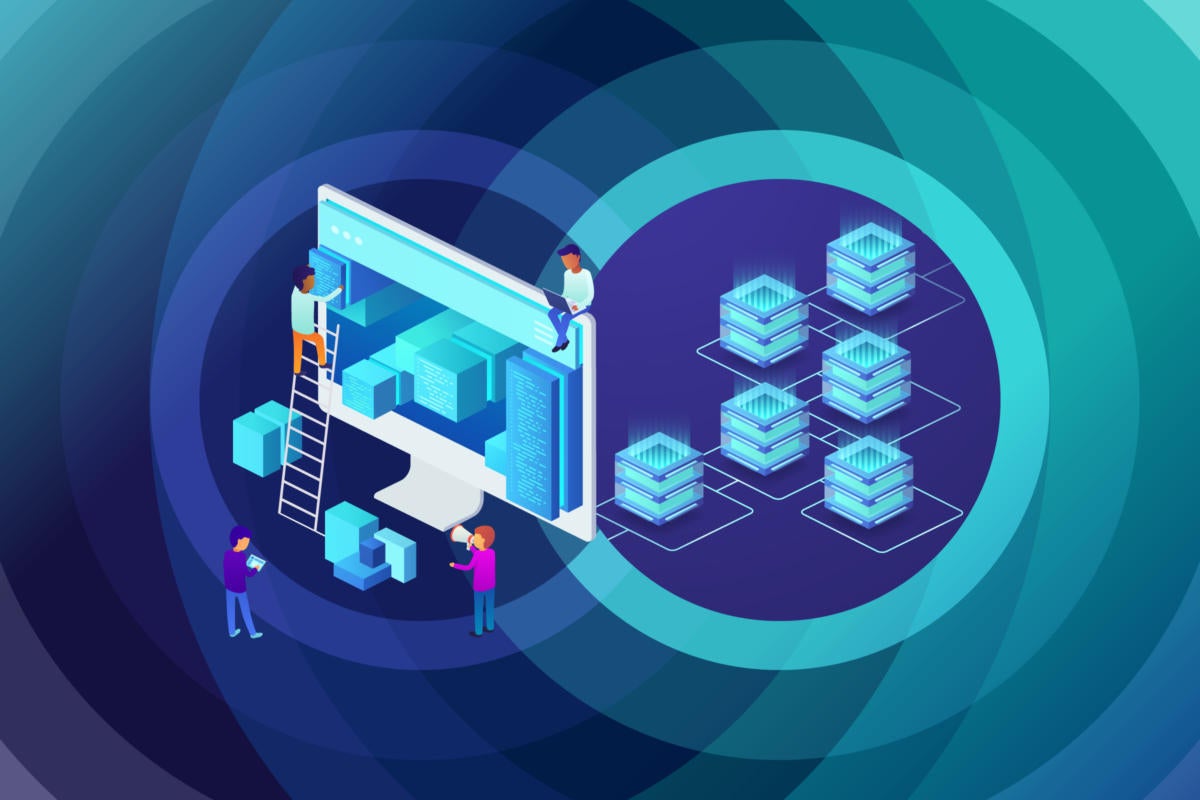What is JPA? Introduction to the Jakarta Persistence API
As a specification, the Jakarta Persistence API (formerly Java Persistence API) is concerned with persistence, which loosely means any mechanism by which Java objects outlive the application process that created them. Not all Java objects need to be persisted, but most applications persist key business objects. The JPA specification lets you define which objects should be persisted, and how they are persisted in your Java applications.By itself, JPA is not a tool or framework; rather, it defines a set of concepts that guide implementers. While JPA's object-relational mapping (ORM) model was originally based on Hibernate, it has since evolved. Likewise, while JPA was originally intended for use with relational databases, some JPA implementations have been extended for use with NoSQL datastores. A popular framework that supports JPA with NoSQL is EclipseLink, the reference implementation for JPA 3.To read this article in full, please click here

As a specification, the Jakarta Persistence API (formerly Java Persistence API) is concerned with persistence, which loosely means any mechanism by which Java objects outlive the application process that created them. Not all Java objects need to be persisted, but most applications persist key business objects. The JPA specification lets you define which objects should be persisted, and how they are persisted in your Java applications.
By itself, JPA is not a tool or framework; rather, it defines a set of concepts that guide implementers. While JPA's object-relational mapping (ORM) model was originally based on Hibernate, it has since evolved. Likewise, while JPA was originally intended for use with relational databases, some JPA implementations have been extended for use with NoSQL datastores. A popular framework that supports JPA with NoSQL is EclipseLink, the reference implementation for JPA 3.





































